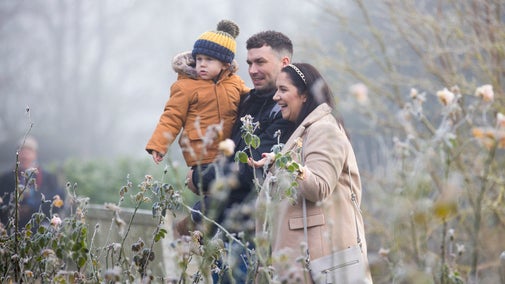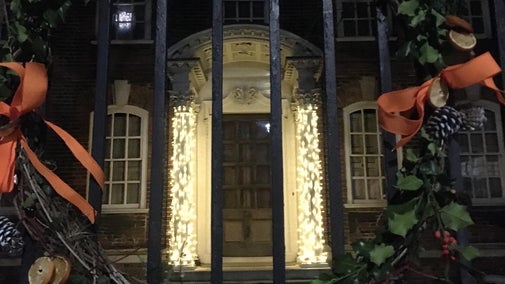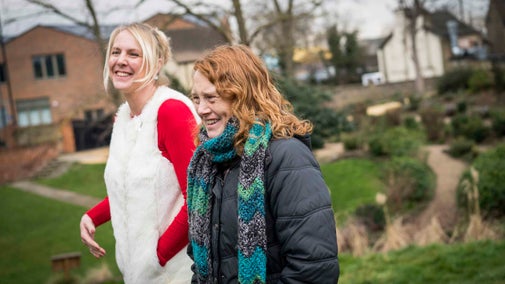
Become a member
Join today and help protect nature, beauty and history – for everyone, for ever. Enjoy access to more than 500 places with National Trust membership.
An elegant Georgian House with a diverse history, peaceful garden and changing exhibitions to explore.
The Broadway, Rainham, Havering, London, RM13 9YN
Book a visit
Discover how to get tickets and how to visit the Community Garden.

Family nature activities and games to do together at a beautiful hidden gem in east London, Rainham Hall and Community Garden.

Welcome into Rainham Hall for Christmas through the Decades

Discover plenty to see and do at Rainham Hall including 300-year-old interiors, fabulous changing exhibitions with historical interpretation and a community garden full of seasonal interest.

Welcome into Rainham Hall for Christmas through the Decades

Rainham Hall offers a great day out for small groups, schools and self-led visits. Find out how to get the most from your day.

Drop in to Rainham Hall Community Gardens for a short dog walk in the beautiful spaces.

Plan your visit to Rainham Hall with this accessible route around the garden. Assistance dogs welcome. The Coach House has access tools for visitors to use including 360 virtual tour, subtitled film of the exhibition, image book, sensory tool bag, large print guide and braille guide.

Join today and help protect nature, beauty and history – for everyone, for ever. Enjoy access to more than 500 places with National Trust membership.